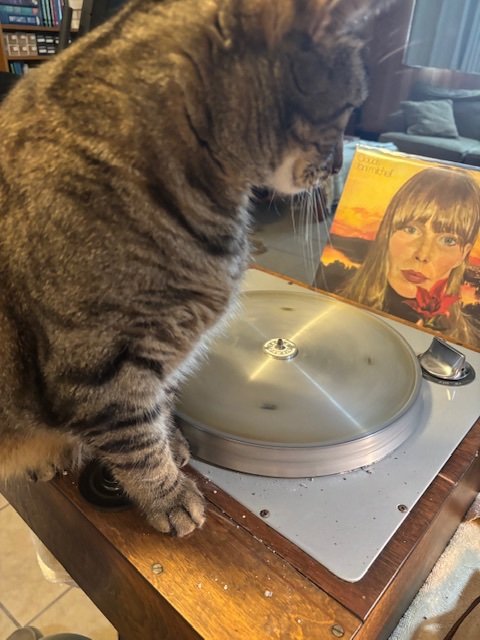Most of the low to Mid line Monitors Did not have the detail and separation of some of the passive Monitors. Most Professional Studios don't use Low to mid end monitors. Some even opt for passive speakers. Abbey Road Uses BW diamonds. Sure they are the price of small car but they are not typical actives studio monitors. For some actives don't do it , We just want a choice and I don't care much for the trim and tone controls even the dsp or room control thats added to some. If I am looking at preamps and other gear with the cleanest signal path possible Then all of the added things on those internal amps I do not want.
So let's correct a couple misconceptions here. BTW, I write this as a volunteer recording engineer for my local symphony:
1. Abbey Road uses B&W monitors mostly for mastering, not for mixing or tracking. For mixing, they use a mixture (almost all mixers use many different monitors to test the mix), including ATC.
2. Passive speakers do exist in all places. But in the nearfield, where mixing and tracking is done, actives are far far more common. Passives show up more in the midfield and farfield, which is a totally different use case.
3. "Detail and separation" -- what does that mean from a frequency response point of view? Is that more accurate? Or is it just audiophile sizzle? Good monitors / speakers are neutral. Bad monitors / speakers aren't. There are many examples of both in both genuses.
4. Mid-high active nearfield monitors are made by the likes of Focal, Dynaudio, ATC, PMC, Genelec, Eve Audio, Neumann, Barefoot, and more. They are the norm for nearfield monitoring. The manufacturers listed before make them because professionals demand them. If active nearfields weren't the best tool for the job, either due to attributes or value for money, pros would use something else.
5. What "things" do you think the internal amp of an active monitor has that an external one doesn't?
6. If you want a choice because you want to play component mix and match, that's fine -- it's your hobby, enjoy it how you wish. But don't look for economic or technical superiority -- designers at Dynaudio and KEF have both talked about how they can do things with an active speaker with built-in DSP that are impossible to do with passives (e.g. fully phase correct, steep-as-you-want crossovers), especially at a given price point.
7. Stereophile now has a number of budget active speakers listed on their Recommended Components (and pricier ones, too, in the higher tiers). So the opinion that budget actives necessarily suck doesn't appear to be held by professional reviewers.






















